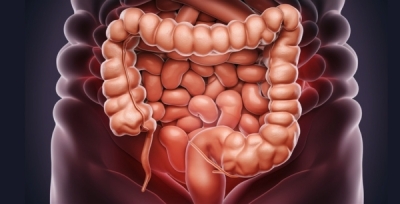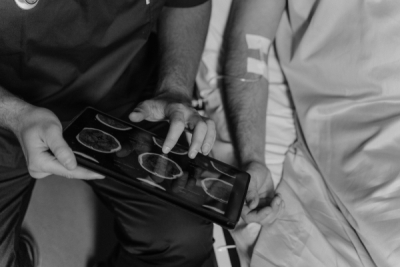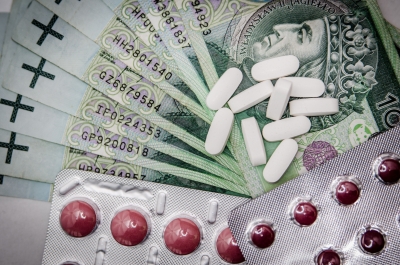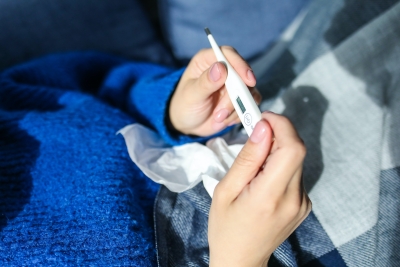Alcohol Consumption Reduction and Cancer Prevention: New Estimates and Public Health Implications
Alcohol Consumption Reduction and Cancer Prevention: New Estimates and Public Health Implications
A study shows that 83% of alcohol-attributable cancer deaths could be prevented if people consumed alcohol within recommended guidelines. These findings reinforce the central role of prevention in addressing avoidable alcohol-related deaths and provide valuable support for public health policies.
Alcohol consumption is one of the leading preventable risk factors for cancer development. According to the World Health Organization (WHO), alcohol is responsible for approximately 4% of all cancer cases globally, affecting organs such as the liver, breast, colon, mouth, and esophagus (1).
Despite this, harm reduction interventions still face major barriers, including low risk perception, cultural normalization of heavy drinking, and insufficient public health prevention policies.
A study published in the journal JAMA modeled the impact of reducing alcohol consumption on cancer mortality among adults in the United States (2). The authors used population and mortality data from the Centers for Disease Control and Prevention (CDC), estimating that over 10,000 alcohol-attributable cancer deaths could be prevented over the lifetime of current adults with even modest reductions in consumption—particularly by reducing binge drinking episodes.
The study examined different scenarios of alcohol reduction, including replacing excessive consumption with moderate drinking—defined by U.S. Dietary Guidelines as up to one drink per day for women and up to two for men—and complete abstinence.
Estimates suggest that approximately 83% of the nearly 20,000 alcohol-attributable cancer deaths per year in the U.S. could be avoided if all adults who drink alcohol kept their consumption within recommended limits.
The types of cancer with the greatest potential for prevention included liver, oropharyngeal, and breast cancers, given their strong association with heavy drinking patterns.
Additionally, the analysis indicates that population-level interventions—such as increased alcohol taxes, advertising restrictions, warning labels about cancer risks, and expanded clinical counseling in primary care settings—are highly cost-effective strategies for significantly reducing avoidable cancer mortality linked to alcohol.
Implications for Brazil
Although the study focused on the United States, the lessons are highly applicable to the Brazilian context. It is estimated that approximately 17,000 new cancer cases per year in Brazil are attributable to alcohol consumption (3).
However, public awareness of this risk remains low. Reducing alcohol intake is one of the most effective and cost-efficient strategies for preventing cancer deaths.
Studies like the one by Esser et al. provide strong evidence to support policies that place prevention at the center of the public health agenda.
References:
- Rumgay, H., Shield, K., Charvat, H., Ferrari, P., Sornpaisarn, B., Obot, I., Islami, F., Lemmens, V. E. P. P., Rehm, J., & Soerjomataram, I. (2021). Global burden of cancer in 2020 attributable to alcohol consumption: a population-based study. The Lancet. Oncology, 22(8), 1071–1080. https://doi.org/10.1016/S1470-2045(21)00279-5
- Esser, M. B., Sherk, A., Liu, Y., Henley, S. J., & Naimi, T. S. (2024). Reducing Alcohol Use to Prevent Cancer Deaths: Estimated Effects Among U.S. Adults. American journal of preventive medicine, 66(4), 725–729. https://doi.org/10.1016/j.amepre.2023.12.003
- Rezende, L. F. M., Lee, D. H., Louzada, M. L. D. C., Song, M., Giovannucci, E., & Eluf-Neto, J. (2019). Proportion of cancer cases and deaths attributable to lifestyle risk factors in Brazil. Cancer epidemiology, 59, 148–157. https://doi.org/10.1016/j.canep.2019.01.021











